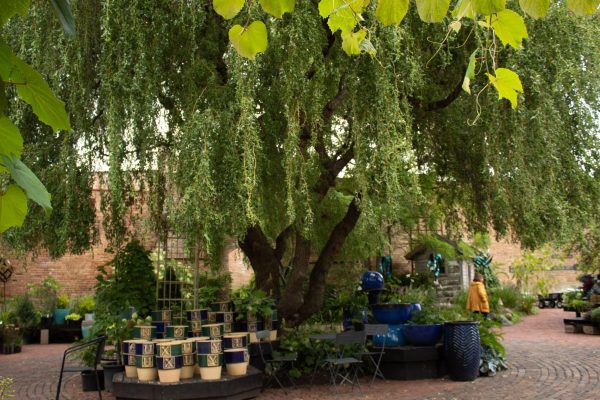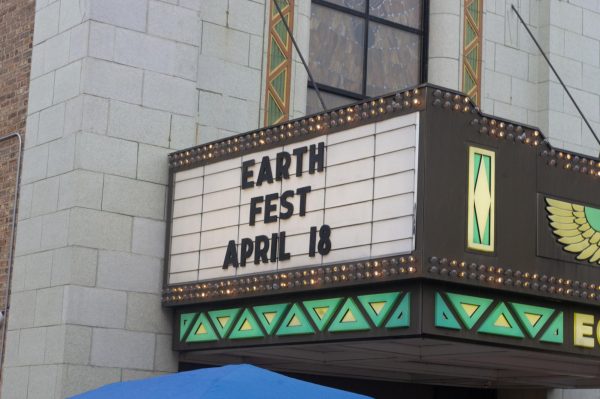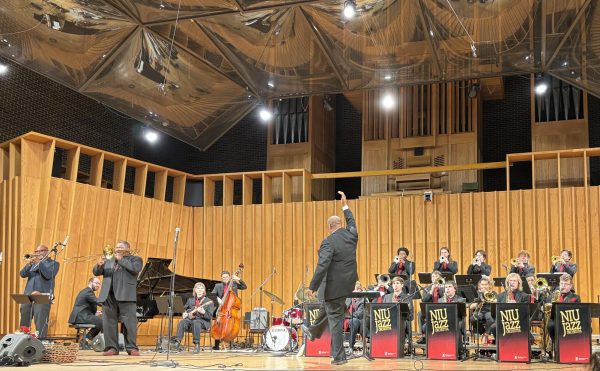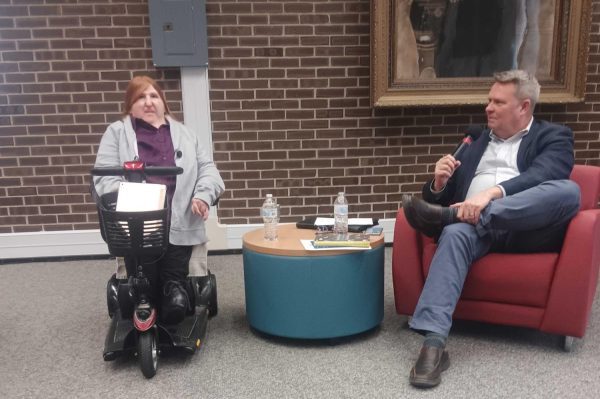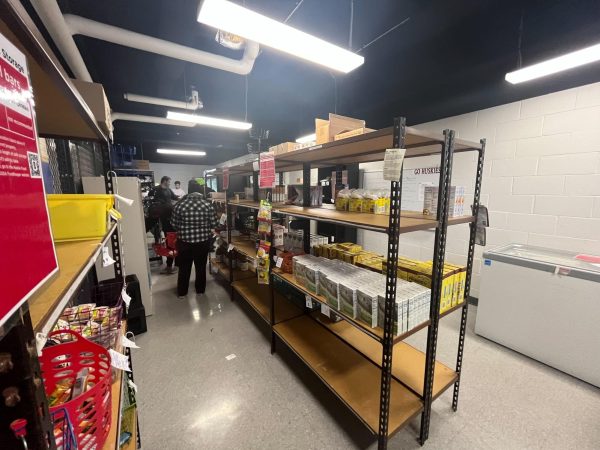Electro-music to hit NIU
November 9, 2010
Having a retinal cochlear spasm isn’t a bad thing. In fact, some students are going out of their way to make sure you have one.
As part of a collaboration between the Time Arts and Annex Group programs, Retinal Cochlear Spasms will take place tonight at 6:30 p.m. in the Recital Hall in the Music Building. The show will combine everything from circuit-bent instruments to Adobe computer programs to video projectors to create unique audio and visual art.
Seven pieces will be performed from a combination of undergraduates, faculty members, alumni and special invited guests.
Alex Beach, junior computer music and new media technology major, is a member of the Annex Group. His piece “Conversation” is an abstract look at cognitive dissonance between two people with a third person interjecting in and viewing the conversation. There’s no deep message; it’s simply about the small events that occur between people.
Beach and his partner will use 3 projectors, 2 computers and several speakers to “create an overwhelming feeling of intimacy and audience involvement.”
“We’re using audio tape taken from the video taping of three actors who were told to have a conversation with some point to it,” he said. “But it didn’t matter what it is, because it wouldn’t matter in the end anyway.”
The conversation between the actors was manipulated; some of the words will be unrecognizable to leave the audience to their own interpretations.
Beach said he hopes Retinal Cochlear Spasm will take the audience on a wild ride that will ultimately extend one’s palette to something they’ve never seen or heard before.
“It’s a very ethereal experience to sit in a dark room and be bombarded with sounds and musical art,” he said. “It’s transcendental.”
Vicky Boland, junior time arts major, will also showcase her work at “Retinal Cochlear Spasms.” Her piece, “Human Nature Animal Abstract,” which took about 15 hours to create, examines human emotion displayed through a Rorschach test.
Boland filmed trees and leaves outside and edited the footage and changed the shapes to resemble the famous ink blot test. Audio was then added to drive the visuals, adjusting for tempo and the correlation between sound and brightness.
Despite being highly unique in nature and not having an already built-in and established audience, Boland said the creative process wasn’t hard and hopes people will just react.
“I’m sure whatever we present, people are going to respond one way or another,” she said. “Whether they like the piece or not, that’s up to them, but it really wasn’t hard to make.”
Although the type of work he’s doing isn’t on Top 40 radio, or any radio for that matter, Beach hopes it speaks for itself.
“Honestly, the work doesn’t please everybody; it exists without an audience,” he said. “But you’re guaranteed to be interested by the things you see and hear.”




